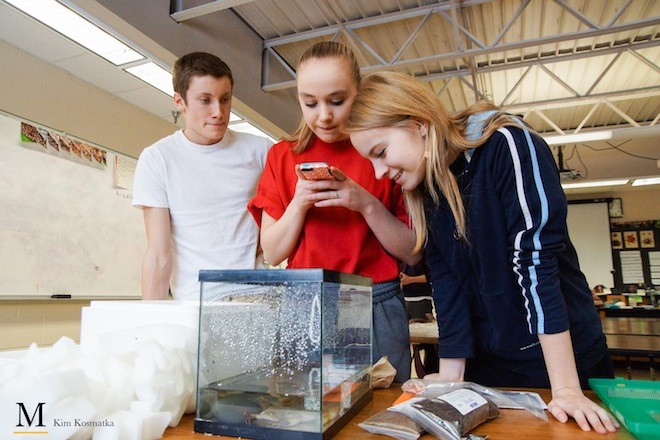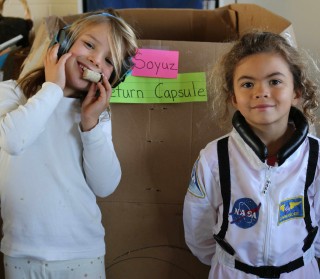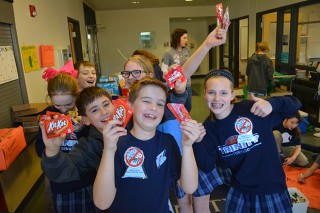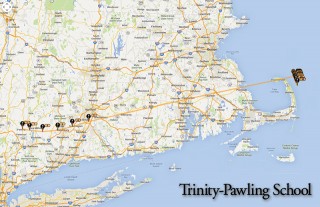Wouldn’t it be cool to have an astronaut do your homework?
This spring, three Marshall School students created an experiment that will be placed in the hands of astronauts, rocketed out of Earth’s atmosphere, and deposited in the International Space Station. Alli Hall, Pentti Hanlon, and Anna Nordin won the experiment design competition for Mission 7 of the Student Spaceflights Experiment Program allowing them this opportunity.
“This project is a chance to do real science; to go through the steps that most people don’t get to go through until graduate school,” said Honors Physics teacher Paul Schonfeld. “The process of developing a project proposal, communicating that proposal to a variety of people, and telling them a story that’s convincing enough that their experiment should be selected – that’s a valuable experience that all the students involved are going to be a part of.”
The three students began their proposal with the idea that one day, humans plan to inhabit space to a larger degree than they do now. When that happens, it may be possible humans or animals would be born in microgravity, and it would be useful to know what the effects of microgravity are on early development.
For their experiment, the students will be sending embryos from frog species Xenopus laevis to ISS and will research their development compared to embryos developing simultaneously on Earth.
Even though only one experiment was chosen for spaceflight, “all of the experiments require a ground control that’s done in the presence of gravity, so all of the groups can still do the ground control experiment even if their projects weren’t selected to go to the space station,” said Schonfeld.
This experiment will be a small step toward learning all there is to know about life in space, but it will be a large step toward showing a class of physics students what they can do with just a bit of curiosity and a fair amount of hard work.



